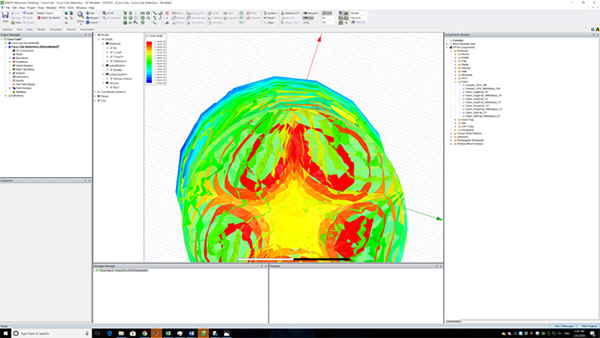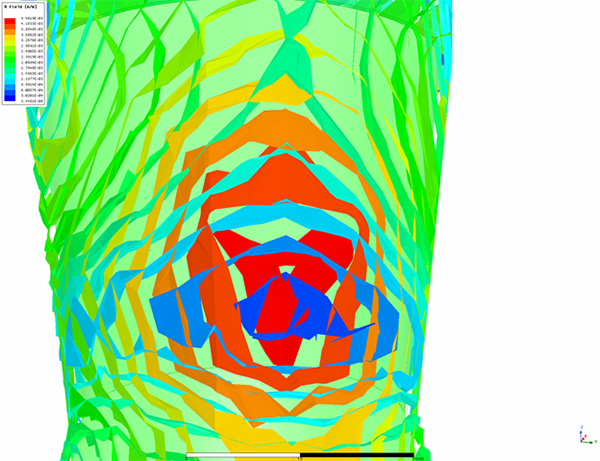The deadly weapons of war continue to kill and maim people long after some wars have ended. Unsuspecting villagers, farmers, and workers in Ukraine, Iraq, Nigeria, Myanmar, and Cambodia are among those who have fallen victims to unexploded landmines from past and present armed conflicts.
In 2018, 6,897 people were killed or injured by mines and explosive remnants of war, according to the Landmine Monitor's 2019 report. Children accounted for 54% of all civilian casualties in the 2018 incidents, the report states.
Sebastian Celis Sierra, an Electrical and Electronics Engineer, MSc EE Student at the King Abdullah University of Science and Technology, Saudi Arabia, grew up hearing about landmine-related tragedies in the news. “As radar engineers, it is of our concern to develop methodologies to clean the world from all landmines,” he decided.
In 1997, UN introduced The Convention on the Prohibition of the Use, Stockpiling, Production and Transfer of Anti-Personnel Mines. So far, 164 states have signed the treaty. China, Russia, and the United States have not.

Deadly plastic bottles
The first step to clear the landmines is to pinpoint their locations beneath the ground. It's a lot harder to detect modern landmines with conventional radar because they are often housed in plastic containers. This is certainly the case with many landmines left in Cambodia.
“Rebels fashioned them with whatever materials they happened to have on hand, including PVC pipes, plastic bottles, and various chemicals. They purposefully left metal out to prevent the military from identifying them with metal detectors,” according to a NOVA report from 2018.
Sebastian and his team uses a 330 ML plastic soda bottle filled with dielectric materials to mimic explosives. Using ANSYS HFSS software for electromagnetic field simulation in RF and wireless design, they worked to find the radar cross-section that identifies the target object.
The key is “the electromagnetic signature of an object after it is exposed to an EM wave that bounces in the object and then is received in an antenna,” explained Sebastian.
Machine learning for landmine detection
Sebastian and his teammates first developed a radar cross-section model to easily detect landmines buried in conflicts that went all the way back to World War II. With the digital model completed, they can now bring in the cavalry, in the form of machine learning.
“With the help of the developed model, we can extract the data set required for a machine learning algorithm to train a system for the efficient detection of potential landmines,” said Sebastian. “In the future, more models will be simulated and then characterized in an anechoic chamber to obtain precise information for the database.”
Sebastian believes the method developed by his team can save thousands of painstaking human hours in landmine removal. He also envisions the technology being integrated into autonomous vehicles and drones—perhaps even drones capable of live-mapping all the landmines in a field, reducing risks to human technicians.
The work of Sebastian and his team won a spot in the ANSYS Hall of Fame for 2020.
About the Author
Follow Robotics 24/7 on Linkedin
Article topics
Email Sign Up
















